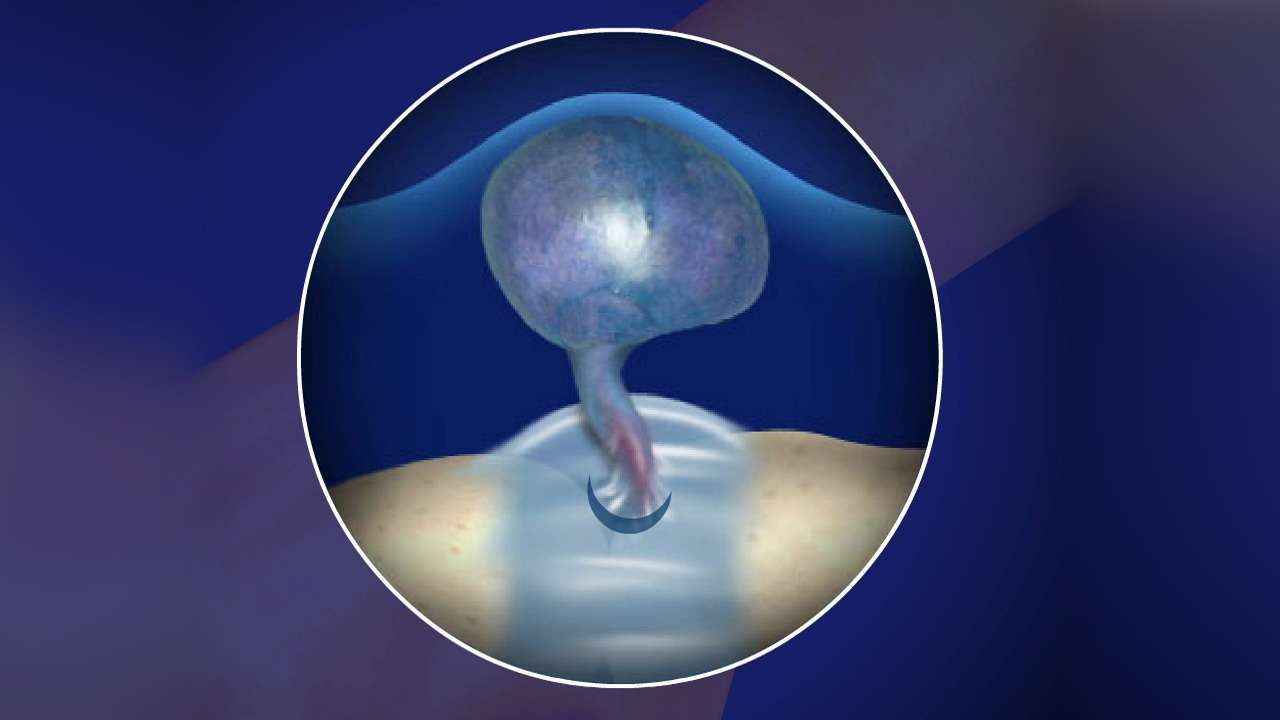What Causes Decalcification In Teeth
Decalcification in teeth, also known as demineralization, is a process where the minerals, primarily calcium and phosphate, are removed from the tooth enamel, leading to a weakening of the tooth structure. This can be caused by a variety of factors, both internal and external, and understanding these causes is crucial for preventing and treating tooth decalcification.
One of the primary causes of decalcification is the presence of acid in the mouth. Acid can come from several sources, including:
- Dietary acids: Consuming foods and drinks high in acid, such as citrus fruits, soda, and sports drinks, can lead to acid erosion. The acid in these substances can wear away the enamel, causing demineralization.
- Gastroesophageal reflux disease (GERD): GERD is a condition where stomach acid flows back up into the mouth, exposing the teeth to acid and leading to decalcification.
- Dry mouth: A dry mouth, also known as xerostomia, can increase the risk of decalcification. Saliva helps to neutralize acid and remineralize teeth, so a lack of saliva can leave teeth vulnerable to acid erosion.
Another significant factor contributing to decalcification is poor oral hygiene. Failing to brush and floss regularly can lead to the buildup of plaque and bacteria, which can produce acid and cause demineralization. Additionally, using a hard-bristled toothbrush or brushing too aggressively can wear away the enamel, making teeth more susceptible to decalcification.
Genetic predisposition can also play a role in decalcification. Some people may be more prone to tooth decay and demineralization due to their genetic makeup. For example, people with a family history of tooth decay or those with certain genetic conditions, such as amelogenesis imperfecta, may be more likely to experience decalcification.
Environmental factors, such as exposure to fluoride, can also impact tooth decalcification. While fluoride is essential for oral health, excessive exposure to fluoride can lead to fluorosis, a condition characterized by white or brown spots on the teeth. Fluorosis can increase the risk of decalcification.
Hormonal changes can also contribute to decalcification. During pregnancy, for example, hormonal fluctuations can lead to changes in the mouth, including an increase in acid production and a decrease in saliva production, which can increase the risk of decalcification.
Medical conditions, such as celiac disease, can also increase the risk of decalcification. Celiac disease is an autoimmune disorder that can lead to malabsorption of nutrients, including calcium and vitamin D, which are essential for healthy teeth.
In addition to these factors, aging can also contribute to decalcification. As we age, our teeth naturally undergo wear and tear, which can lead to a loss of minerals and a weakening of the tooth structure.
To prevent and treat decalcification, it’s essential to maintain good oral hygiene, including regular brushing and flossing, and to visit the dentist regularly for check-ups and cleanings. A healthy diet rich in calcium and vitamin D can also help to support tooth health. In cases where decalcification has already occurred, treatment options may include fluoride varnishes, dental sealants, or restorative procedures, such as fillings or crowns.
Key Takeaway
Decalcification in teeth is a complex issue, and understanding the underlying causes is crucial for prevention and treatment. By maintaining good oral hygiene, eating a healthy diet, and visiting the dentist regularly, individuals can reduce their risk of decalcification and promote overall oral health.
What are the symptoms of decalcification in teeth?
+The symptoms of decalcification in teeth can include tooth sensitivity, discoloration, and weakened tooth structure. In severe cases, decalcification can lead to tooth decay, cracks, or breaks.
Can decalcification be reversed?
+In some cases, decalcification can be reversed through remineralization, a process where minerals are restored to the tooth enamel. Fluoride varnishes, dental sealants, and good oral hygiene can help to promote remineralization.
How can I prevent decalcification in my teeth?
+To prevent decalcification, maintain good oral hygiene, including regular brushing and flossing, and visit the dentist regularly for check-ups and cleanings. A healthy diet rich in calcium and vitamin D can also help to support tooth health.
In conclusion, decalcification in teeth is a complex issue that can be caused by a variety of factors, including acid erosion, poor oral hygiene, genetic predisposition, environmental factors, hormonal changes, medical conditions, and aging. By understanding these causes and taking steps to prevent and treat decalcification, individuals can promote overall oral health and reduce their risk of tooth decay and other oral health problems.

